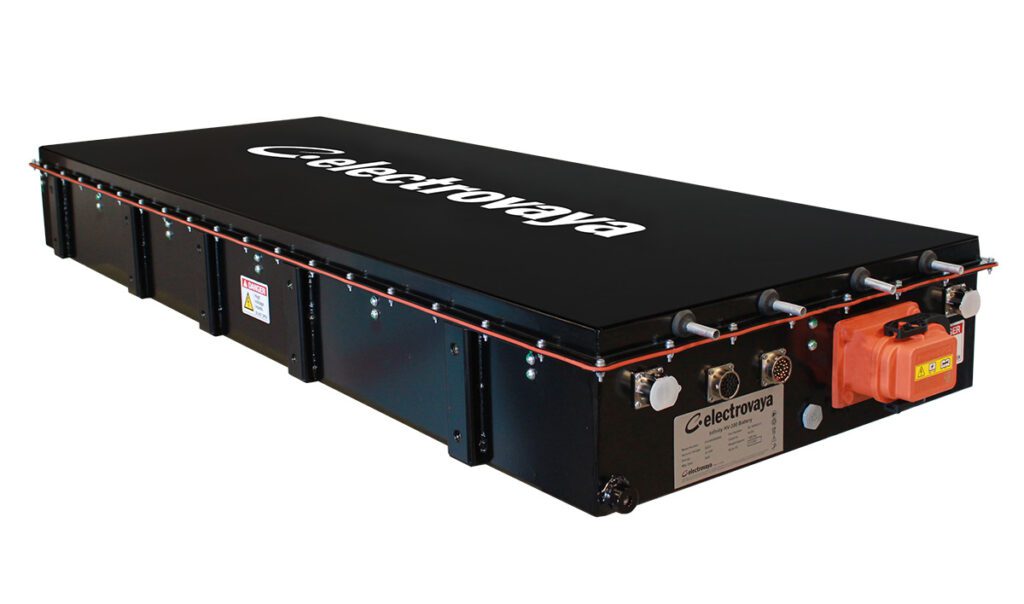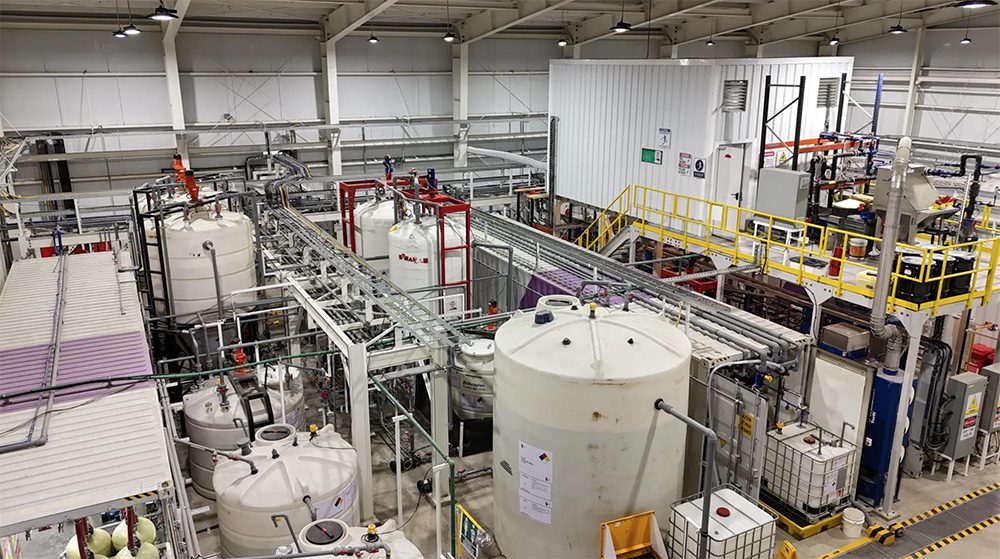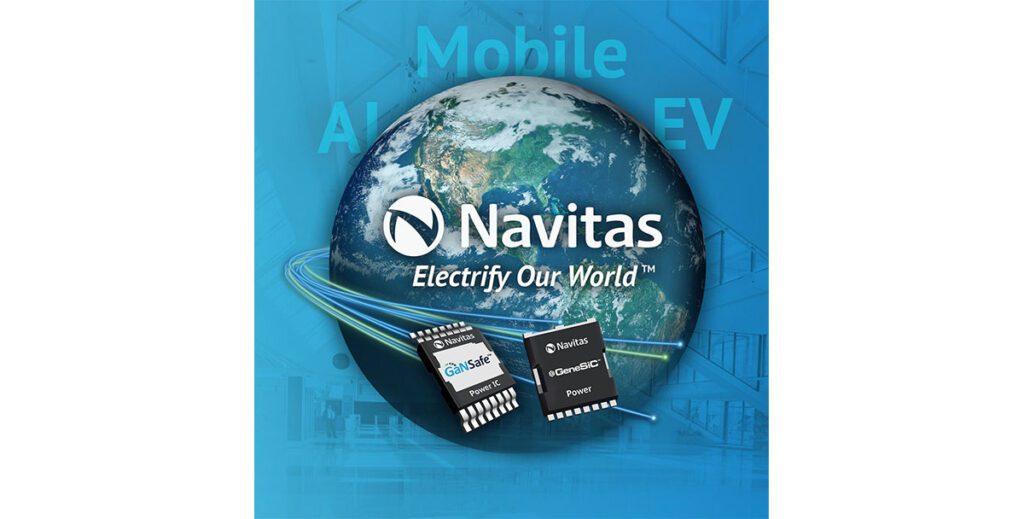Sheetak Inc. announced that it has secured a $4.7 million contract with the Department of Energy to develop a thermal energy storage system for EVs.
Sheetak Inc. announced that it has secured a $4.7 million contract with the Department of Energy's Advanced Research Projects Agency-Energy (ARPA-E) to develop a thermal energy storage system for EVs. Sheetak’s specialty is an innovative type of solid-state energy conversion technology that can replace compressors in refrigerators and other cooling devices. The company will partner with auto parts giant Delphi Automotive to build and market the new AC units.
The system takes advantage of the fact that Sheetak's thermal storage technology offers greater energy density than that of electrical batteries. Operating in concert with a traditional compressor-based AC, the system will significantly reduce the power draw on a vehicle’s batteries.
“Traditional HVAC systems can cause a significant reduction in the driving range of electric vehicles when the air conditioner or heater is turned on,” said Delphi’s Prasad Kadle. “Delphi and Sheetak are developing innovative HVAC technologies that help improve EV/HEV range.”
“With the ARPA-E's support and partnership with Delphi, we can introduce efficient energy conversion technologies for heating and cooling in electric vehicles,” said Sheetak CEO Uttam Ghoshal. “These novel approaches result in better cost metrics and energy storage densities than the existing methods. The development of these energy converters can also accelerate commercialization of other applications in the energy sector.”
Images: Sheetak & Delphi


















































































